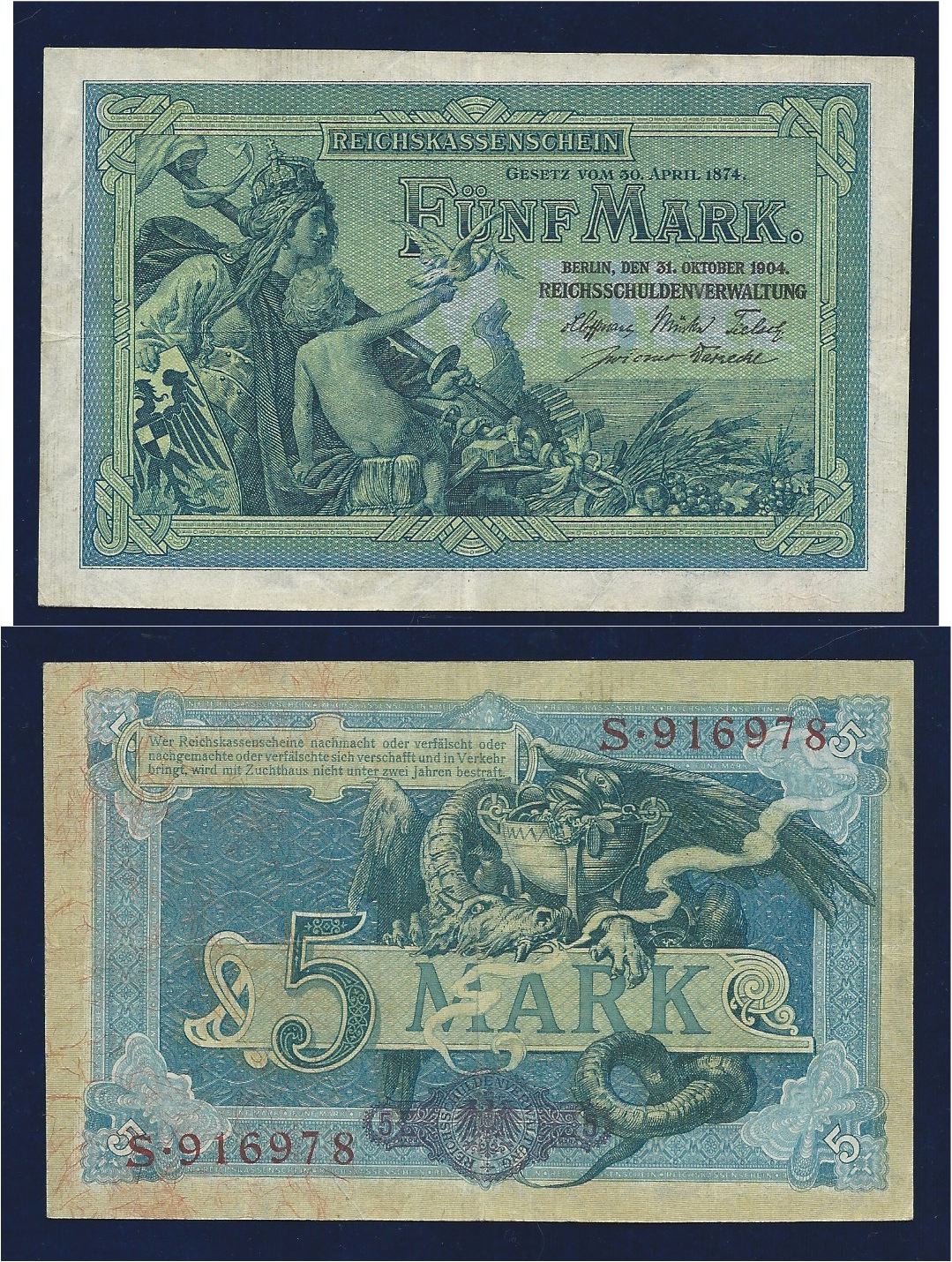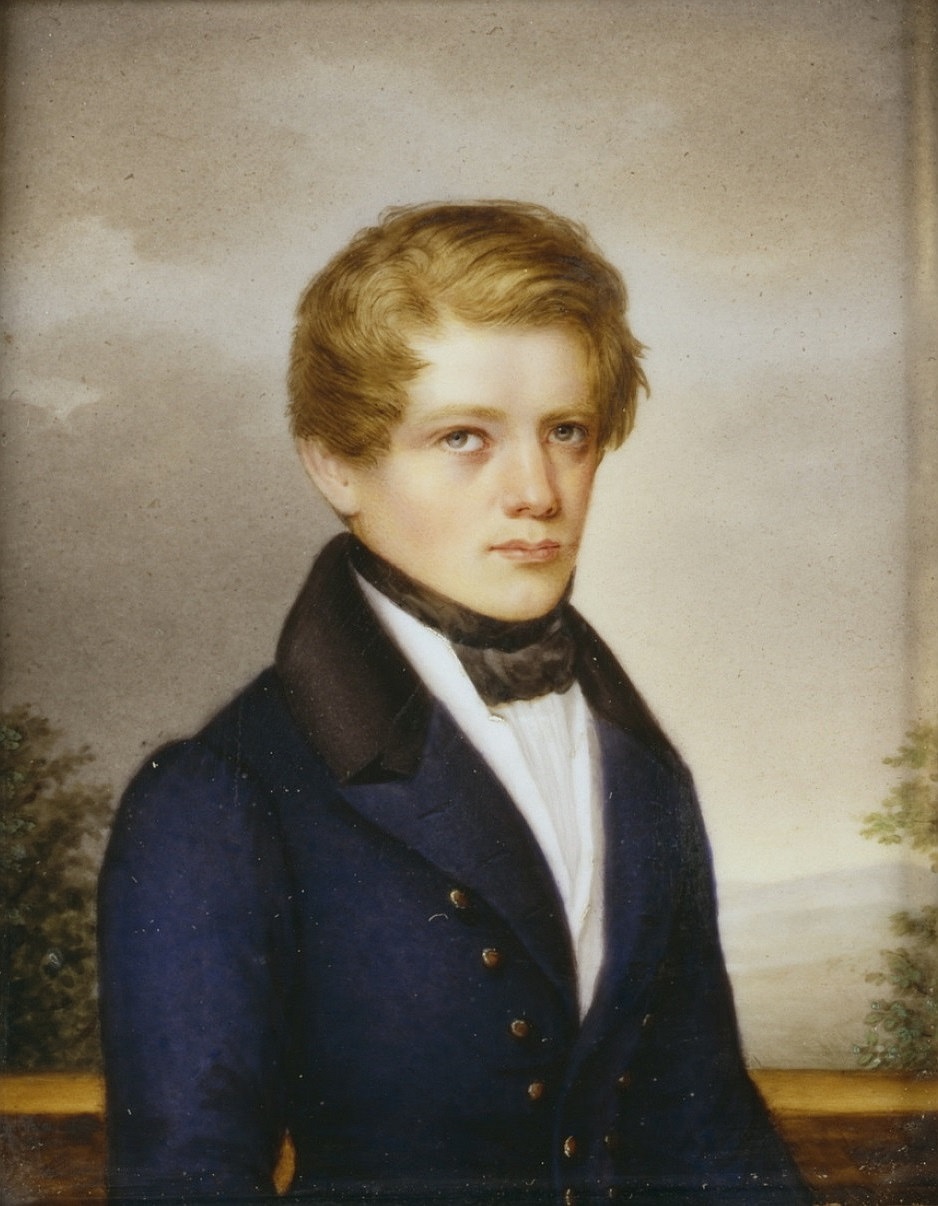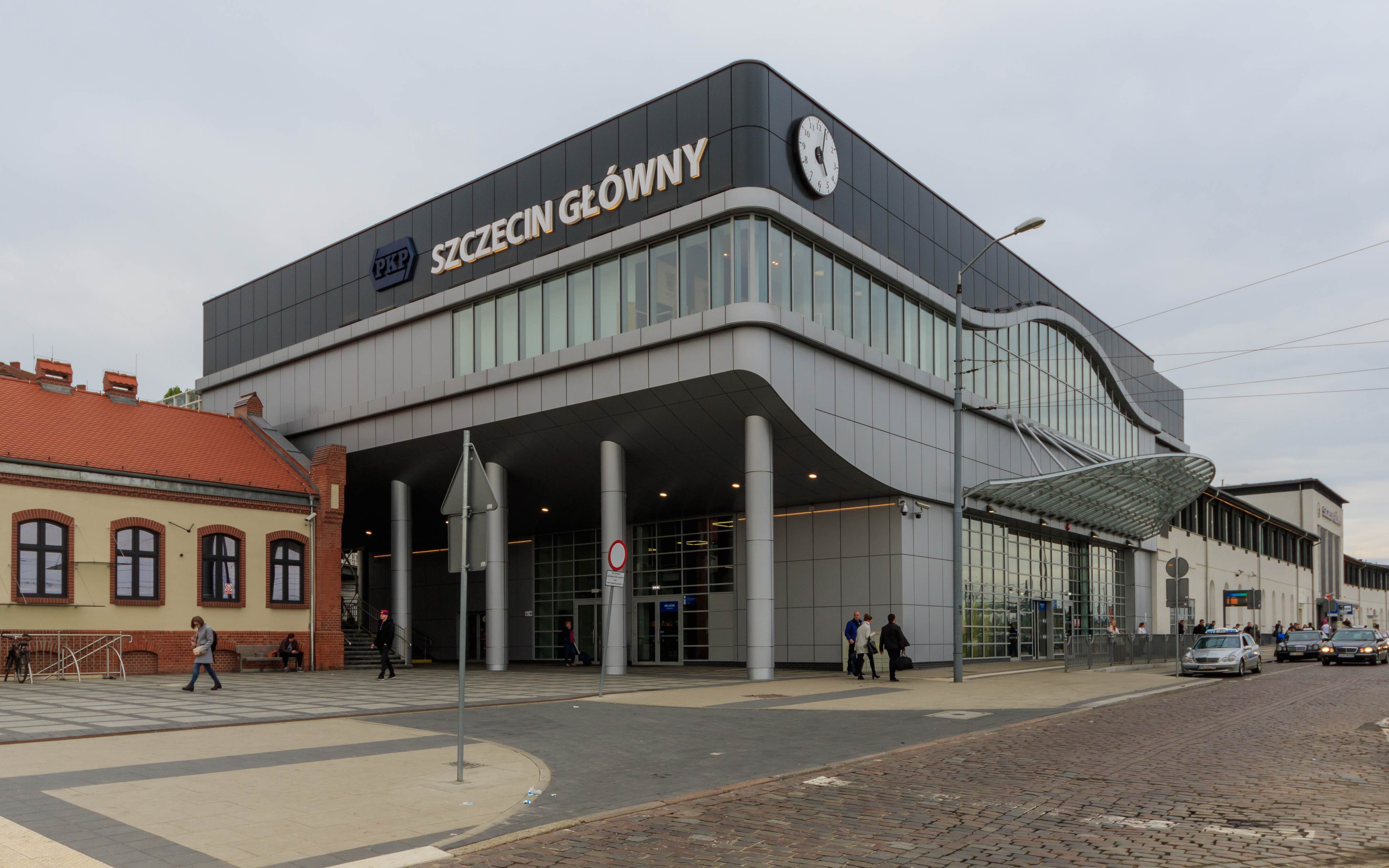|
Grand Duchy Of Mecklenburg Friedrich-Franz Railway
The Grand Duchy of Mecklenburg Friedrich-Franz Railway (''Großherzoglich Mecklenburgische Friedrich-Franz-Eisenbahn'' or ''M.F.F.E.'') was the state railway company in Mecklenburg-Schwerin and Mecklenburg-Strelitz. After its second nationalisation in 1890 up to the merger of the ''Länderbahnen'' into the Deutsche Reichsbahn in 1920 it was under the direction of the Grand Duchy's Executive Railway Board (''Großherzoglichen General-Eisenbahndirection'' or ''GGED'') in Schwerin. Context Mecklenburg is a region in northern Germany comprising the western and larger part of the present day state of Mecklenburg-Vorpommern. Its largest cities are Rostock, Schwerin, and Neubrandenburg. In 1815, the two Mecklenburg duchies - Grand Duchy of Mecklenburg-Schwerin and Mecklenburg-Strelitz - were raised to Grand Duchies, and subsequently existed separately in Germany until the end of World War I. The earlier private railways were nationalised by 1890 into the Grand Duchy of Mecklenburg Friedr ... [...More Info...] [...Related Items...] OR: [Wikipedia] [Google] [Baidu] |
Mecklenburg Railway Company
The Mecklenburg Railway Company (german: Mecklenburgische Eisenbahngesellschaft) was founded in 1845 to build a railway line from Hagenow to Rostock and to Güstrow, now in the German state of Mecklenburg-Vorpommern. It was nationalised in 1873 and combined with the Grand Duchy of Mecklenburg Friedrich-Franz Railway. History The planning of the Prussian Berlin–Hamburg line from 1841 inspired the Grand Duchy of Mecklenburg-Schwerin to develop projects for its own network. On 25 February 1846, three companies founded in the previous year, the ''Schwerin-Wismar Railway Company'' (''Schwerin-Wismarsche Eisenbahn-Gesellschaft''), the ''Hagenow-Schwerin-Rostock Railway Company'' (''Hagenow-Schwerin-Rostocker Eisenbahn-Gesellschaft'') and the ''Güstrow-Bützow Railway Company'' (''Güstrow-Bützower Eisenbahn-Gesellschaft''), combined to form the ''Mecklenburg Railway Company''. On 10 March 1846 the Company received a concession to build a railway from Hagenow via Schwerin to Wismar as ... [...More Info...] [...Related Items...] OR: [Wikipedia] [Google] [Baidu] |
Waren (Müritz)
Waren (Müritz) (also Waren an der Müritz) is a town and climatic spa in the state of Mecklenburg-Vorpommern, Germany. It was the capital of the former district of Müritz (''Kreis Müritz'') until the district reform of 2011. It is situated at the northern end of Lake Müritz, approximately 40 kilometres west of Neubrandenburg. Waren is home to the offices of the sub-district (''Amt'') of Seenlandschaft Waren, although the town itself is independent of any ''Amt''. Its borough is the second largest in Mecklenburg-Hither Pomerania by area. Geography Waren lies on Lake Müritz, the largest inland lake lying entirely within Germany, which has an area of . It also lies on the shores of several smaller lakes: the Kölpinsee, the Tiefwarensee, the Feisnecksee, the Melzer See and the Waupacksee. In the middle of the town is the Herrensee. Subdivisions The town's borough includes the town of Waren (Müritz) itself, as well as the villages of Warenshof, Alt Falkenhage ... [...More Info...] [...Related Items...] OR: [Wikipedia] [Google] [Baidu] |
German Gold Mark
The German mark (german: Goldmark ; sign: ℳ) was the currency of the German Empire, which spanned from 1871 to 1918. The mark was paired with the minor unit of the pfennig (₰); 100 pfennigs were equivalent to 1 mark. The mark was on the gold standard from 1871–1914, but like most nations during World War I, the German Empire removed the gold backing in August 1914, and gold and silver coins ceased to circulate. After the fall of the Empire due to the November Revolution of 1918, the mark was succeeded by the Weimar Republic's mark, derisively referred to as the Papiermark ("Paper mark") due to hyperinflation in the Weimar Republic from 1918–1923. History The introduction of the German mark in 1873 was the culmination of decades-long efforts to unify the various currencies used by the German Confederation.pp 205-218 https://books.google.com/books?id=GrJCAAAAIAAJ&pg=PA205#v=onepage&q&f=false The Zollverein unified in 1838 the Prussian and South German currenc ... [...More Info...] [...Related Items...] OR: [Wikipedia] [Google] [Baidu] |
Thalers
A thaler (; also taler, from german: Taler) is one of the large silver coins minted in the states and territories of the Holy Roman Empire and the Habsburg monarchy during the Early Modern period. A ''thaler'' size silver coin has a diameter of about and a weight of about 25 to 30 grams (roughly avoirdupois ounce, 1 ounce). The word is shortened from ''Joachimsthaler'', the original ''thaler'' coin minted in Jáchymov, Joachimstal, Kingdom of Bohemia, Bohemia, from 1520. While the first standard coin of the Holy Roman Empire was the ''Guldengroschen'' of 1524, its longest-lived coin was the ''Reichsthaler (Reichstaler)'', which contained Cologne Mark of fine silver (or 25.984 g), and which was issued in various versions from 1566 to 1875. From the 17th century a lesser-valued ''North German thaler'' currency unit emerged, which by the 19th century became par with the ''Vereinsthaler''. The ''thaler'' silver coin type continued to be minted until the 20th century in the fo ... [...More Info...] [...Related Items...] OR: [Wikipedia] [Google] [Baidu] |
Otto Von Bismarck
Otto, Prince of Bismarck, Count of Bismarck-Schönhausen, Duke of Lauenburg (, ; 1 April 1815 – 30 July 1898), born Otto Eduard Leopold von Bismarck, was a conservative German statesman and diplomat. From his origins in the upper class of Junker landowners, Bismarck rose rapidly in Prussian politics, and from 1862 to 1890 he was the Minister President of Prussia, minister president and List of foreign ministers of Prussia, foreign minister of Prussia. Before his rise to the Executive (government), executive, he was the Prussian ambassador to Russian Empire, Russia and Second French Empire, France and served in both houses of the Landtag of Prussia, Prussian Parliament. He masterminded the unification of Germany in 1871 and served as the first Chancellor of Germany#Under the Emperor (1871–1918), Chancellor of the German Empire until 1890, in which capacity he dominated European affairs. He had served as the chancellor of the North German Confederation from 1867 to 1871, alon ... [...More Info...] [...Related Items...] OR: [Wikipedia] [Google] [Baidu] |
Bad Kleinen
Bad Kleinen (until 1915 Kleinen) is a municipality in the Nordwestmecklenburg district, in Mecklenburg-Vorpommern, Germany. It is located on the north bank of the Schweriner See. Bad Kleinen is part of the Hamburg Metropolitan Region. Geography The municipality is located on the north bank of the Schweriner See, the fourth largest lake in Germany, and about half-way between the state capital Schwerin and Hanseatic city of Wismar, and close to Lübeck. The famous German Philosopher and Mathematician Gottlob Frege (*8 November 1848 Wismar – †26 July 1925 Bad Kleinen) lived in Bad Kleinen. In his honor every year during Spring, the people of Nordwestmecklenburg make a walking tour between Wismar (Frege's Birthplace) and Bad Kleinen. The current mayor of Bad Kleinen is Joachim Wölm. History During police action on 27 June 1993 German federal police officer Michael Newrzella and the Red Army Faction member Wolfgang Grams were killed on the platform of Bad Kleinen station Bad ... [...More Info...] [...Related Items...] OR: [Wikipedia] [Google] [Baidu] |
Lübeck
Lübeck (; Low German also ), officially the Hanseatic City of Lübeck (german: Hansestadt Lübeck), is a city in Northern Germany. With around 217,000 inhabitants, Lübeck is the second-largest city on the German Baltic coast and in the state of Schleswig-Holstein, after its capital of Kiel, and is the 35th-largest city in Germany. The city lies in Holstein, northeast of Hamburg, on the mouth of the River Trave, which flows into the Bay of Lübeck in the borough of Travemünde, and on the Trave's tributary Wakenitz. The city is part of the Hamburg Metropolitan Region, and is the southwesternmost city on the Baltic, as well as the closest point of access to the Baltic from Hamburg. The port of Lübeck is the second-largest German Baltic port after the port of Rostock. The city lies in the Northern Low Saxon dialect area of Low German. Lübeck is famous for having been the cradle and the ''de facto'' capital of the Hanseatic League. Its city centre is Germany's most extens ... [...More Info...] [...Related Items...] OR: [Wikipedia] [Google] [Baidu] |
Strasburg (Uckermark)
Strasburg (officially: Strasburg (Uckermark)) is a town in the Vorpommern-Greifswald district of Mecklenburg-Vorpommern, Germany. It is situated in the historic Uckermark region, about west of Pasewalk, and east of Neubrandenburg. ''Straceburch'' was established in 1267 by Duke Barnim I of Pomerania at a strategically important site near the border with Mecklenburg in the west and the Margraviate of Brandenburg in the south. It was given town privileges and settled with Germans in the course of the ''Ostsiedlung''. The region was affected by the enduring Brandenburg–Pomeranian conflict, and after the Hohenzollern elector Frederick II of Brandenburg had campaigned the territory, the Pomeranian dukes finally were forced to cede Strasburg to him according to the 1479 Treaty of Prenzlau. The town remained a part of the Prussian Province of Brandenburg, until in 1952 the East German government established the '' Bezirk Neubrandenburg'' comprising the former Brandenburg towns of ... [...More Info...] [...Related Items...] OR: [Wikipedia] [Google] [Baidu] |
Malchin
Malchin () is a town in the Mecklenburgische Seenplatte district, in Mecklenburg-Western Pomerania, Germany. It offers some notable landmarks, such as two Brick Gothic town gates, a medieval defense tower, the Gothic town church of St. Johannis and the Neo Baroque town hall. The former municipality Duckow was merged into Malchin in January 2019. People from Malchin * Cordula Wöhler (1845–1916), writer and hymnwriter * Siegfried Marcus (1831-1898), inventor * Joachim Christian Timm (1734-1805), botanist * Thomas Doll Thomas Jens Uwe Doll (born 9 April 1966) is a German professional football manager and a former football player who is the current Manager of Persija Jakarta. He played as an attacking midfielder for F.C. Hansa Rostock, BFC Dynamo, Hamburger SV, ... (1966-), footballer References External links * Official website of Malchin (German) Cities and towns in Mecklenburg 1230s establishments in the Holy Roman Empire 1236 establishments in Europe ... [...More Info...] [...Related Items...] OR: [Wikipedia] [Google] [Baidu] |
Teterow
Teterow () is a town of Germany, in the district of Rostock, in Mecklenburg-Western Pomerania. It is the geographical center of this federal state. It had a population of 8,852 in 2011. History The ''Stadtkirche St. Peter und Paul'' (St. Peter and St. Paul's Church), was built in 1215 in Late Romanesque and Gothic style. There are two remaining gates of the ancient city wall: the 14th-century ''Malchiner Tor'' (today the seat of the museum of local history), and the ''Rostocker Tor''. The ''Marktplatz'' (Market Square), with the Town Hall, was built in 1910 in Neo-Baroque style. The "Hechtbrunen" with inscription in "Plattdütsch" (Northgerman dialect). Weck Lüd sünd klauk un weck sünd däsig, un weck dei sünd wat öwernäsig. Lat't ehr spijöken, kinnings lat't, dei Klock hett lürr't, dei Hekt is fat't. Culture ''Thusch'' - - Theater in der Uhrenschule (Theatre at the Clock factory). A Studio theatre and cinema, existing since 2002. Member of the Landesverbandes ... [...More Info...] [...Related Items...] OR: [Wikipedia] [Google] [Baidu] |
Bützow–Szczecin Railway
The Bützow–Szczecin railway is a nearly 200 km-long, mostly non-electrified, single-track main line railway running mostly in the German state of Mecklenburg-Vorpommern. The first section of the line between Bützow and Güstrow was opened in 1850 by the Mecklenburg Railway Company (german: Mecklenburgische Eisenbahngesellschaft) and is one of the oldest railways in Germany and is part of the Leipzig–Magdeburg–Schwerin–Rostock main line. History Route and construction In 1850, the Mecklenburg Railway Company, opened the line between Bützow and Güstrow, as a branch line of the Bad Kleinen–Rostock line built by the same company. An extension to the east was proposed to connect to the Grand Duchy of Mecklenburg-Strelitz. As there were few wealthy investors, the Güstrow– Neubrandenburg line was built by the government of Mecklenburg-Schwerin at the initiative of Grand Duke Frederick Francis (Friedrich-Franz) II. The line was formally opened on 11 November ... [...More Info...] [...Related Items...] OR: [Wikipedia] [Google] [Baidu] |
_Marienkirche.jpg)





